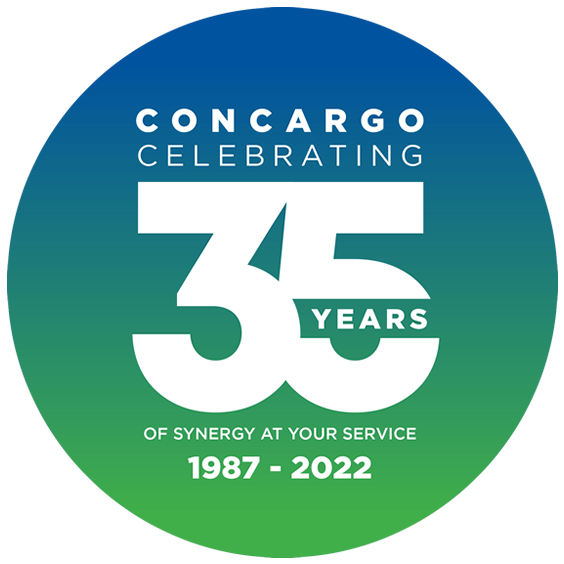South Africa – The Gateway into the rest of Africa

“Historically, South Africa has been seen as a gateway into the rest of Africa, and as trade continues to increase both on and with the rest of the continent, the logistics involved in the transport of an extensive range of products becomes increasingly important.
A survey published earlier this year, by the Council for Scientific and Industrial Research (CSIR), found that high costs were one of the biggest constraints to the logistics industry in South Africa, in addition to inadequate inland and cross-border transportation.
The same report, however, also suggested that South Africa has enormous potential to become the Southern African Development Community (SADC) region’s central logistics hub, which is particularly important with imports and exports growing at a rapid pace in Africa.
Gateway to Africa
“South Africa is increasingly becoming a regional logistics hub and gateway for trade into Africa. The African market is growing and as more and more countries and companies are gearing up for business, they are looking to South Africa for the provision of logistics and transportation”
With “appropriate investment in our ports infrastructure, rail, intermodal capability, major corridors and border posts, South Africa can establish itself as the gateway into Africa, just as Dubai is the gateway to the Middle East, and Hong Kong into China.”
South Africa has a very close political and economic relationship with all its Frontier States, its neighbouring the SADC nations, with 11 of its top 20 partners being African countries, eight of which are in the SADC region.
The level of trade flowing into the southern African region can also be expected to increase, if the hoped-for resolution to Zimbabwe’s economic crisis currently being thrashed out achieves a satisfactory conclusion.
“
Once the Zimbabwean economy is resurrected, a lot of investment and capital will flow into the region via South Africa as the gateway,”
There has been an increase in the amount of cross-border freight movement in Southern Africa, noting that “this will further increase with the (possible positive) changes that are due to occur in Zimbabwe.”
Until fairly recently most companies barely even considered logistics in their long-term plans, this has begun to change, with the logistics industry’s strategic role now being recognised and implemented at the very core of business planning.
Road versus Rail
Of the many infrastructure projects currently underway, Parastatal Transnet is planning to spend about R80bn on developments to improve South Africa’s ports and rail infrastructure. Transnet Freight Rail (TFR) alone is spending R9.2bn on capital investment.
With its lack of capacity and old infrastructure, the rail industry has been battling to win market share in the freight industry, meaning more and more freight is being carried by road.
The various corridor initiatives currently under development across southern Africa should help to drive down cross-border transportation costs, thereby enabling the continent to better compete globally.
Whether by rail or road, greater cooperation between African countries is an essential ingredient for a thriving logistics industry in both South Africa and the wider SADC region.”

